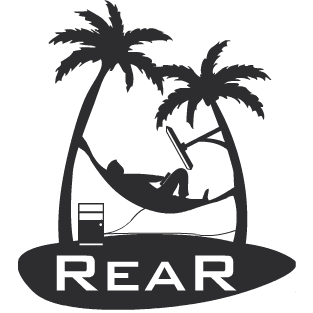Relax-and-Recover has a few interesting characteristics you may find useful when assessing it as a Disaster Recovery solution:
- Modular design, written in Bash
- easy to extend with custom functionality
- targeted at sysadmins foremost
- Set up and forget nature
- designed to be easy to setup
- designed to require no maintenance (e.g. cron integration, nagios monitoring)
- Recovery image based on original distribution with original tools
- recovery process remains compatible with original system and applications
- hardware support is guaranteed
- Two-step recovery, with optional guided menus
- disaster recovery process targeted at operational teams
- migration process offers flexibility and control
- Bare metal recovery on dissimilar hardware
- support for physical-to-virtual (P2V), virtual-to-physical (V2P)
- support for physical-to-physical (P2P) and virtual-to-virtual (V2V)
- various virtualization technologies supported (KVM, Xen, VMware)
- Support for various integrated boot media types, incl.
- ISO
- USB
- eSATA
- OBDR/bootable tape
- PXE
- Support for various transport methods, incl.
- HTTP
- HTTPS
- FTP
- SFTP
- NFS
- CIFS (SMB)
- Extensive disk layout implementation, incl.
- HWRAID (HP SmartArray)
- SWRAID
- LVM
- multipathing
- DRBD
- iSCSI
- LUKS (encrypted partitions and filesystems)
- Supports various 3rd party backup technologies, incl.
- Supports various internal backup methods
- Two phase disk layout recovery, allows reconfiguration before recovery, e.g.
- migrations from e.g. SWRAID to HWRAID, or unencryped to encrypted partitions
- HWRAID reconfigurations
- migration from partitions to LVM
- Various techniques to help troubleshooting
- structured log files and guided menus
- log files are moved to recovery image, and to recovered system (available in every step for debugging)
- advanced debugging options to help trace scripts or develop new functionality
- Integration with monitoring (examples for Nagios/Opsview)
- Integration with scheduler (e.g. let cron recreate and transfer your images upon disk layout changes)
- Various best practices to assist recovery
- integrates with local bootloader (in case it is still possible, you can restore from local disk through Grub)
- automatic network and ssh configuration (for remote recovery)
- automatic serial console support (useful for recovery through iLO or KVM serial console)
- shell history-stuffing (stuff shell history with useful commands at every step)
- automatic recovery when possible, guided recovery when needed
Read more:

